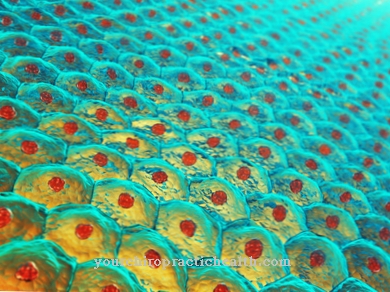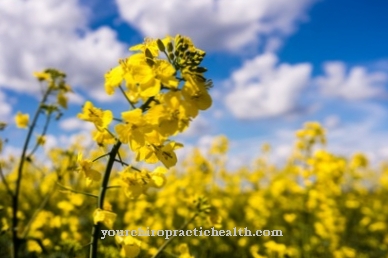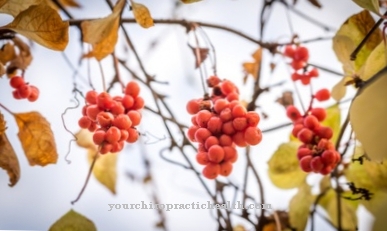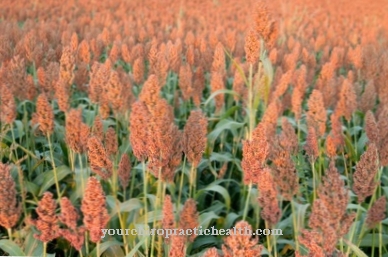The perennial plant Watercress with the creeping roots grows to around 50 cm and can also be harvested in winter. It therefore proves to be an ideal source of vitamins all year round. The Real watercress blooms in the months of May to July, whereby the herb can be collected in May and June. Small, fleshy leaves form on the stem of the plant and are harvested from the flowering plants.
Occurrence and cultivation of the real watercress

The Watercress belongs to the cruciferous family, has a fresh and slightly spicy taste. It comes from Southeast Europe and West Asia and was very popular with the Greeks and Romans. Nowadays the watercress is common all over the world. The watercress prefers sunny to partially shaded locations and can be found near streams, ponds and springs. Hence it is often called Watercress or Cress designated.
The watercress grows in clear and cold water. If it is grown in the garden, attention must be paid to the water supply. It is also important that clean spring water is always used in order to avoid pathogens in the watercress culture. It is best to fill a trench and fill it with slowly flowing water. So that the cress can be drained and the water level can be regulated, an inflow and outflow are required.
Those who shy away from the effort can do it Real watercress also cultivate in damp and waterproof boxes to enable cultivation on the balcony or in a small garden. Sowing can be done in March. The water supply must always be observed.
Effect & application
With its round, fleshy leaves, the watercress looks very juicy. This indicates its valuable property as a salad plant. However, a teaspoon of the fresh watercress juice can also be taken up to three times a day. This is done diluted with water. The watercress has a wide range of uses in the kitchen. The watercress is often used to refine soups and salads.
However, it is recommended to use it fresh, as watercress as a spice has almost no taste after drying or cooking.However, since the active ingredients are pungent and therefore irritation of the mucous membranes is possible, the watercress should not be consumed daily, but it is advisable to take breaks. The fresh, aromatic and slightly hot taste results from the bitter substances and mustard oils. It is also used to garnish sandwiches, to refine steaks, quark, spinach, potato dishes or egg dishes.
The advantage is that watercress is also a good source of vitamin C in late autumn and winter. It is also suitable for combining. For example, lemon, yogurt and spices can be used to make a delicious sauce. It is also ideal for decorating. The real watercress should not be missing in a revitalizing spring cure. As a valuable vitamin C supplier, it alleviates deficiency symptoms. Watercress is also used in cosmetics, for example in hair lotions, to help with hair loss.
Natural cosmetics manufacturers use the plant in shampoos. This is intended to strengthen and vitalize the scalp. At the same time, sebum production is regulated. In a facial cleansing gel, the ingredients of the watercress refresh the skin. It is purified and clarified. It is very easy to make a quark mask yourself with the plant: For this, the fresh watercress is cut, mixed with a little cream and quark, applied to the skin and left on for 10 minutes before rinsing it off with lukewarm water. This has a skin-clarifying and refreshing effect.
Importance for health, treatment & prevention
The real watercress is tried and tested as a medicinal plant. In ancient times it was already considered a panacea and in the Middle Ages it was used in monastery medicine. If the watercress is used for various healing purposes, it should be collected shortly before blooming and then dried immediately. Since the watercress has a pungent scent, this should be done separately and not together with any other plants. The same goes for storage. First and foremost, it stimulates the metabolism.
In the form of wild salads or herbal quark, watercress can reduce spring fatigue and remedy a vitamin deficiency. In addition, the plant is said to have blood-purifying, antibacterial and expectorant properties. The real watercress also has a diuretic, appetizing and aphrodisiac effect.
It is also used for colds, coughs, sore throats and gums, kidney and bladder problems, rheumatism, digestive problems, itching and light burns. The juice of the watercress refines the complexion and removes skin impurities such as pimples. Wrinkles are reduced, age spots and freckles are faded.
For wrinkles, compresses with the juice are applied daily and covered with foil. The juice is made by squeezing the plant. A juicer can be used for this. If you don't like the taste, you can add the juice of a carrot or tomato, for example. The watercress herb is also used to treat bronchitis. This loosens mucus in the airways.
However, it should not be used in stomach or intestinal ulcers or in inflammatory kidney diseases. The same goes for children who are younger than 4 years old. Since a disease is possible when consuming wild watercress, the watercress should always be washed thoroughly or, ideally, only watercress from cultures should be used.


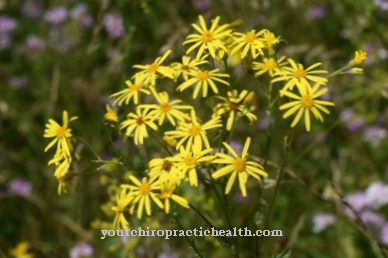
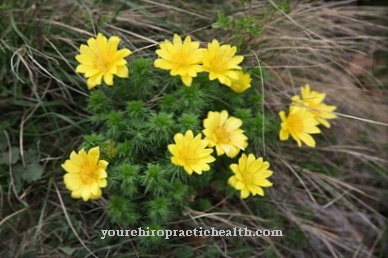
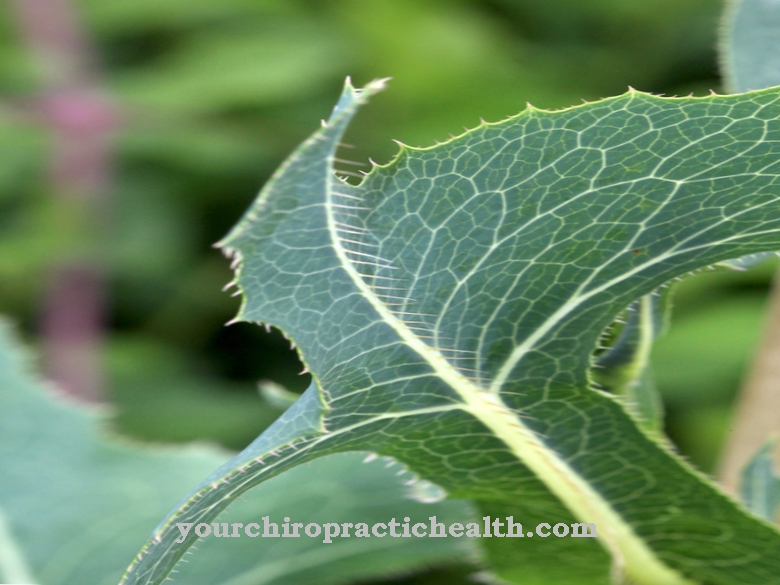
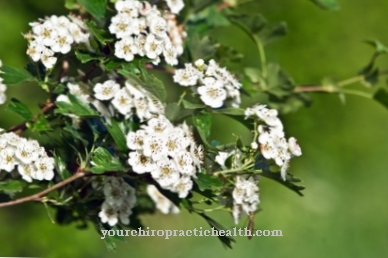
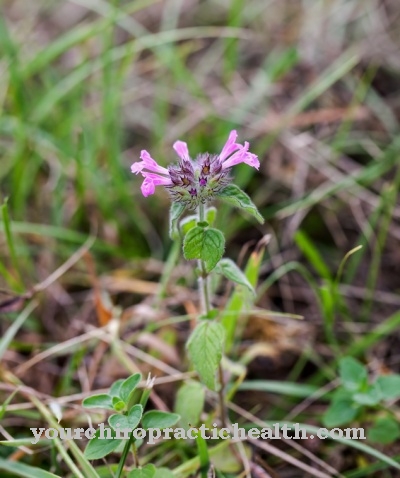

.jpg)
